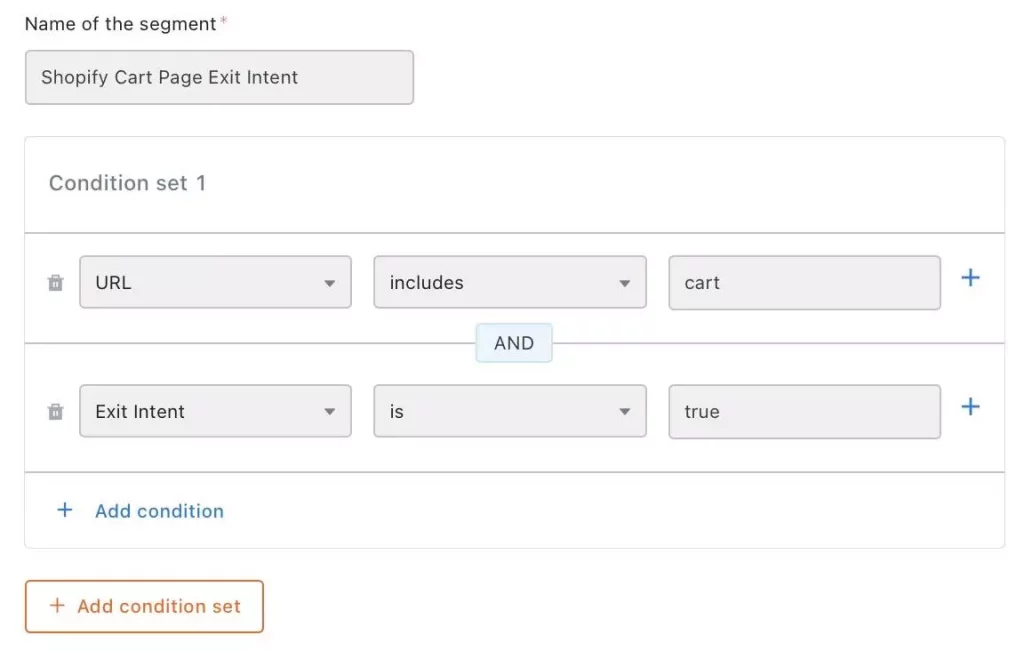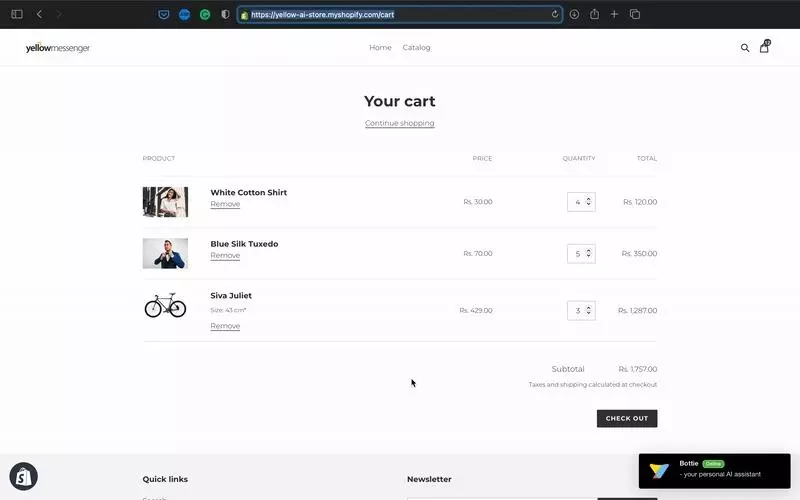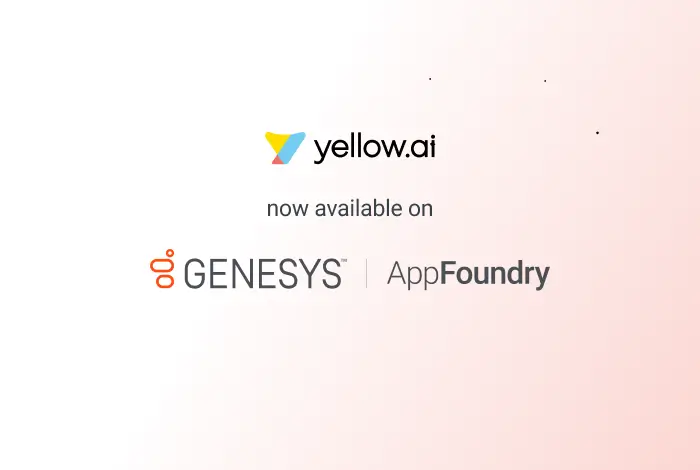Every business today own’s a website. It’s like giving your brand a face. It’s the first impression of your business. Like the saying, ‘first impression is your last’, you want to ensure that you create an impact on your audience the very first time they make a stop. An everlasting impression that keeps them coming back for more. A website is a digital business asset that nudges users to perform a specific action. Make a purchase, request a demo, contact sales, make a reservation, and so on. For that, you need to ensure that your website is clear enough to follow. That the information is to the T and the user experience is smooth. This requires constant monitoring and analyses of the website to see how users are interacting with the elements on the site. User behaviour on your site will tell you what worked and what didn’t so you can make the changes that push a user to the point of purchase.
This Feature Friday we walk through the various behavioural automation rules, that can improve the navigation for an e-commerce website visitor. In this walkthrough, we will focus on the Homepage, Product Search Page, Product Details Page, and Cart Page. There could, of course, be many more pages and use cases other than the ones covered in this guide. But we’ll keep it simple.
Homepage
Brands do not want visitors spending too much time on the homepage. Visitors should quickly move to the next stage in the funnel, ie, product search, product details or the cart checkout page. The home page is supposed to give you a gist of the overall offering, a bird’s-eye view of what the brand does and what visitors can expect. We use URL Targeting, Seconds on Page, Seconds of Inactivityand Scroll % triggers to identify visitors who are stuck on the homepage and use Inbound Campaigns to help them move to the next stage.
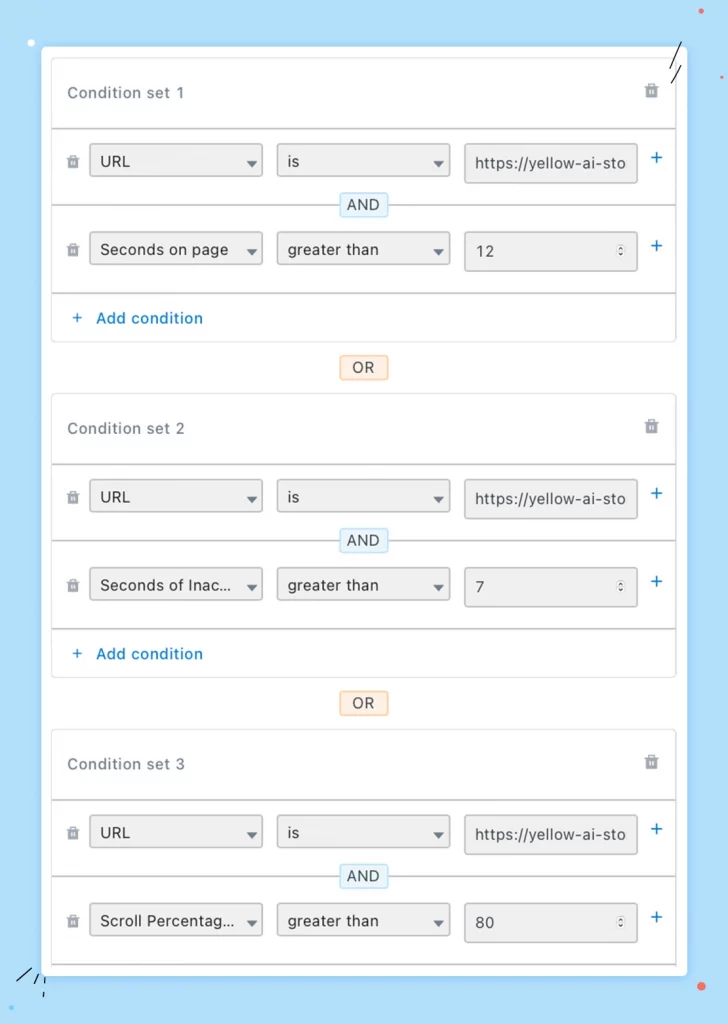

Create personalised engagements
Visitors will often land on your website through an external campaign or referrer. Such visitors have a very specific intent. You can identify which source they’ve come from using URL Query Parameterand Referrer targeting rules, and create personalised engagements.
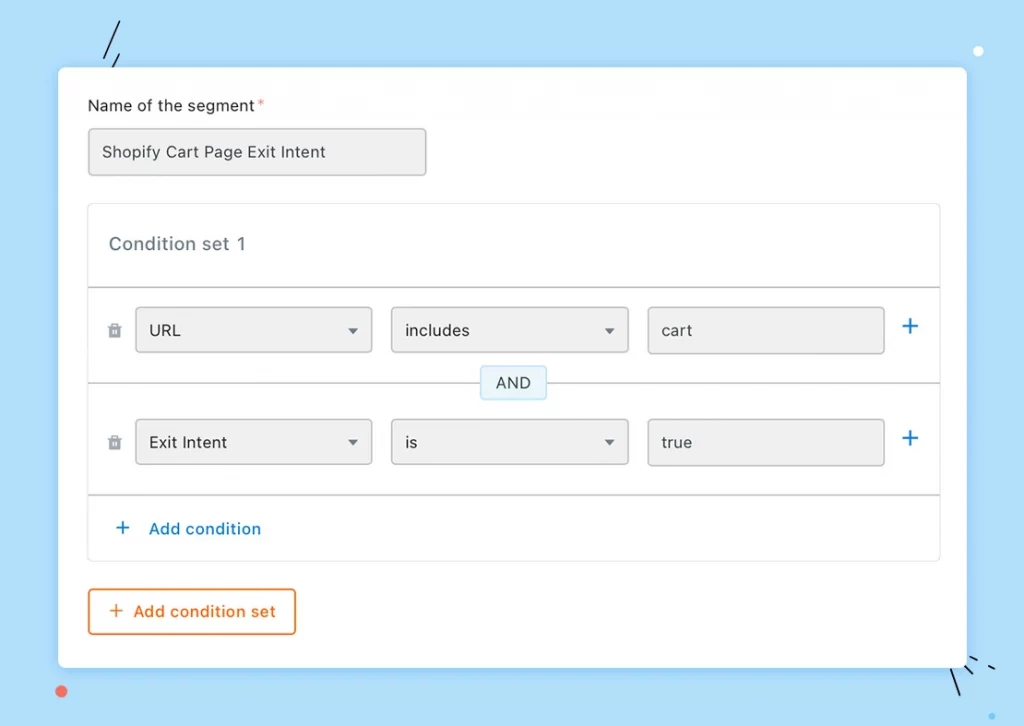
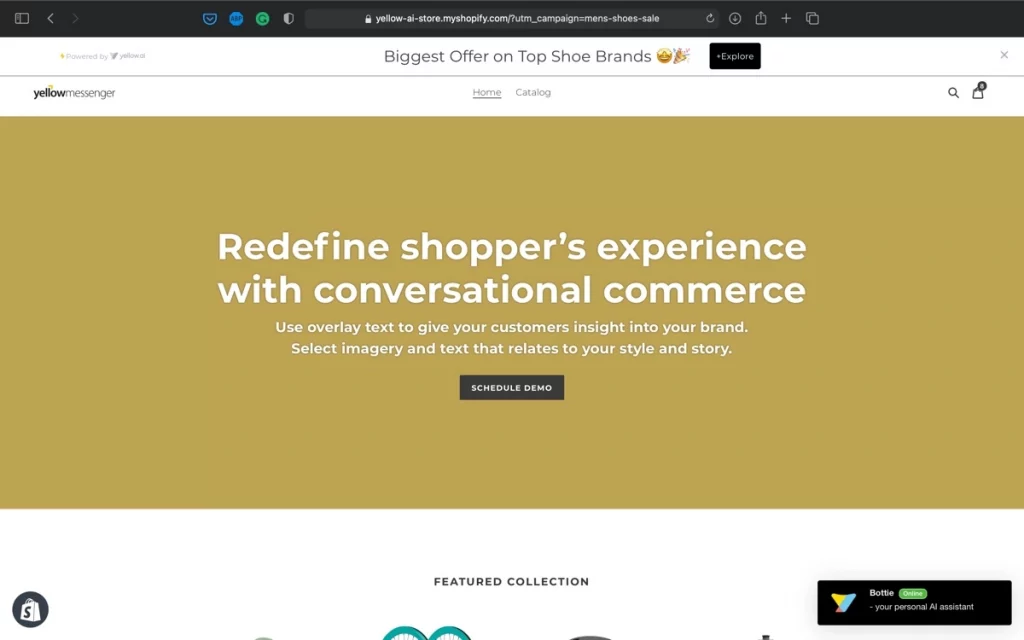
Product Search Page
Product Search Filter Nudge → When the visitor spends too much time on the Product Search page, you might want to nudge them to apply filters in order to find more relevant results. Once again, URL Targeting, Seconds on Page, Seconds of Inactivity and Scroll % are the right triggers to identify such users.
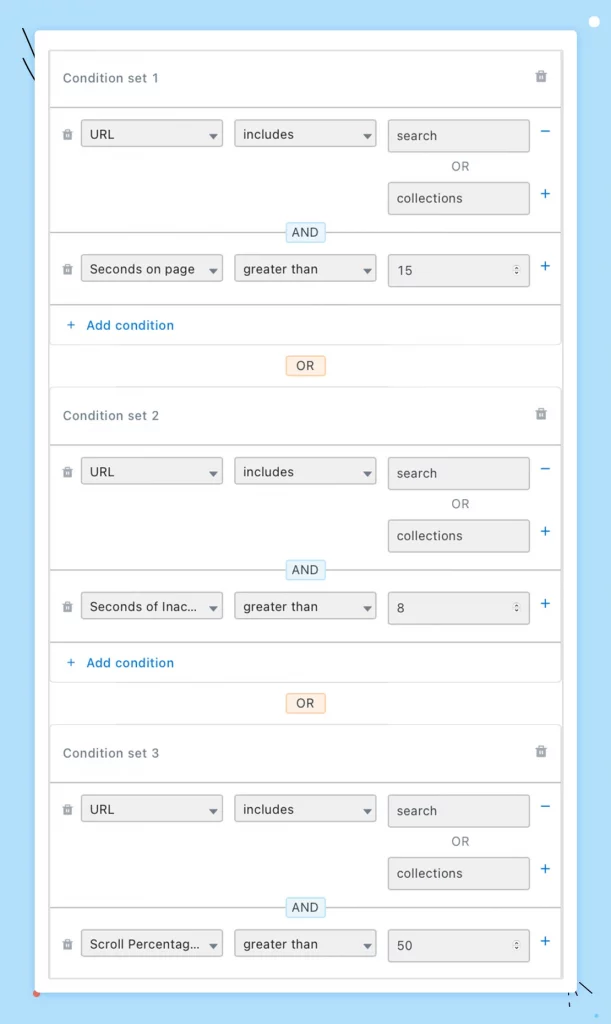
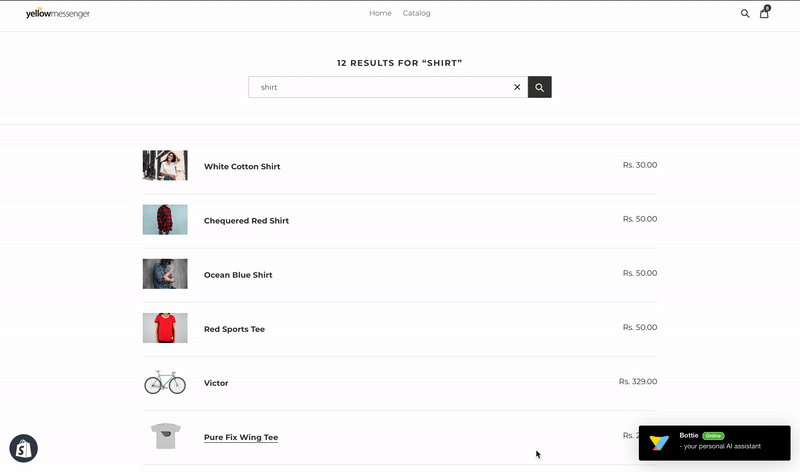
Product Search Exit Intent → When the visitor is about to exit from the Product Search page, you might want to do any of the following:
- Collect Opt-in for outbound retargeting
- Nudge them to Save the Search Result for the next time they visit
- Ask them to apply product filters in case they didn’t find anything relevant
To identify such visitors, the Exit Intent trigger is highly effective.

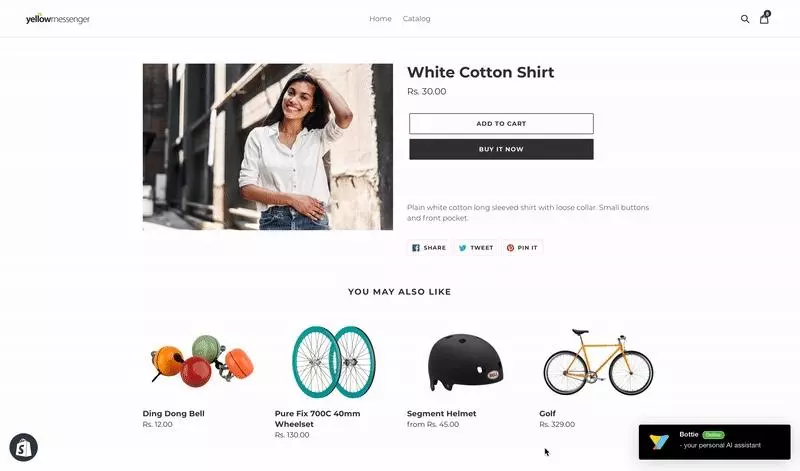
Product Details Page Exit Intent → When a visitor is about to exit the Product Details Page, you might want to increase chances of conversion by asking them to shortlist the product, or by offering them an exciting discount. Such visitors can be identified by using a combination of URL and Exit Intent triggers.
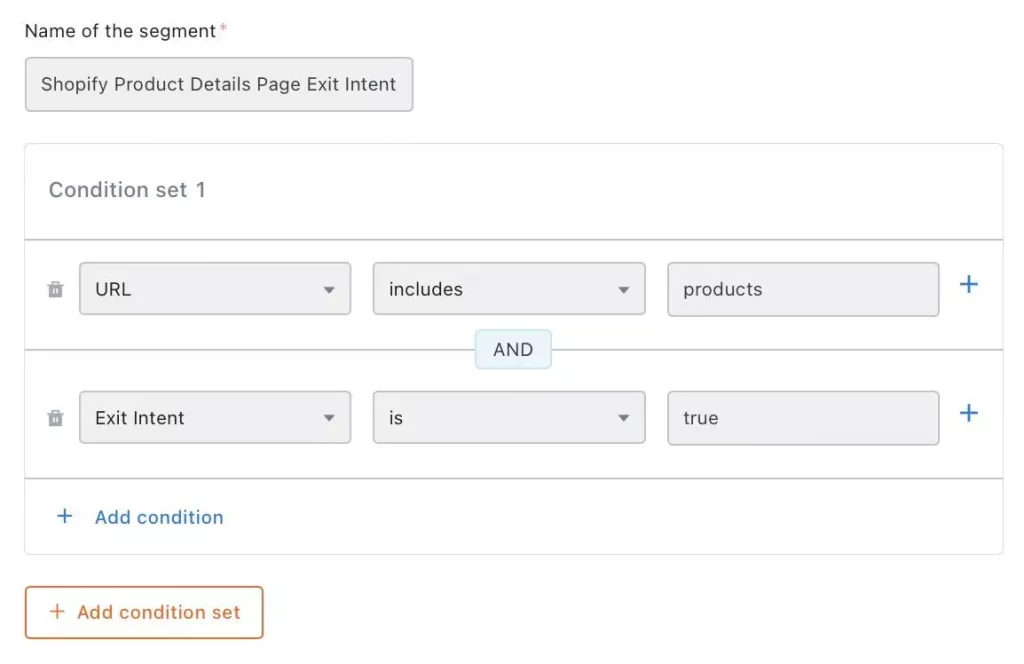

Product Add to Cart Upsell → When a visitor adds a product to a cart, it might be the perfect opportunity for you to do an upsell. These high intent visitors can be targeted using the CTA Clickedtrigger
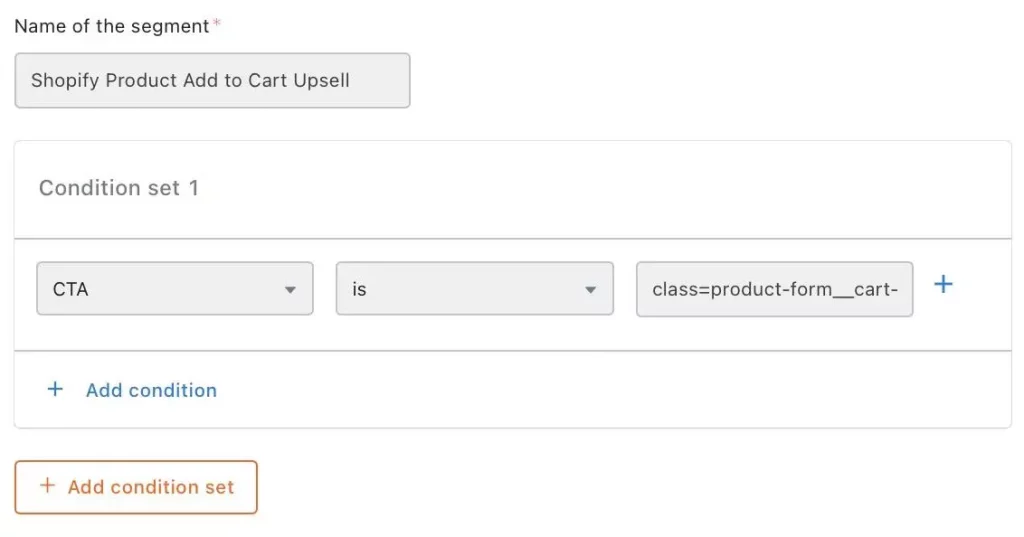

Cart Page
Cart Page Urgency Nudge → When you have a visitor spending too much time on the Cart Page, you might want to expedite the purchase by creating a sense of urgency. Such visitors can be identified using URL Targeting, Seconds on Page & Seconds of Inactivity triggers.
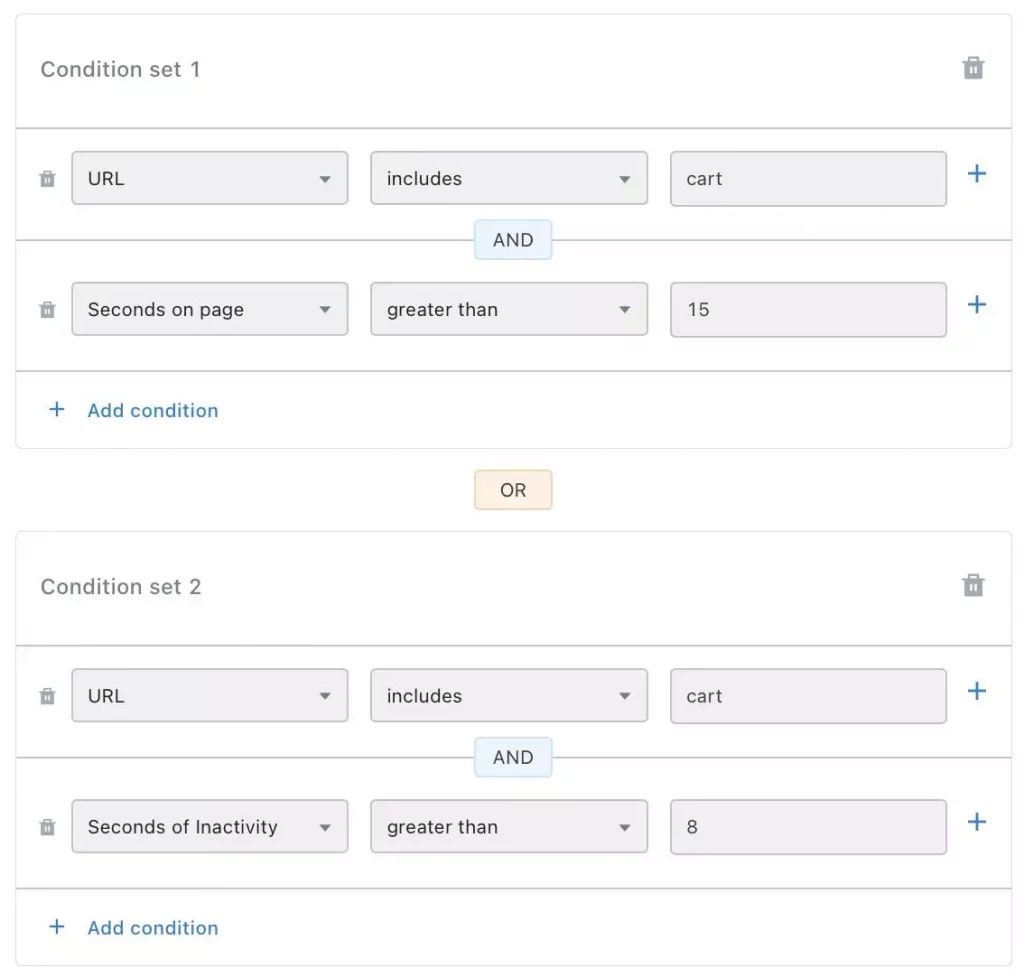
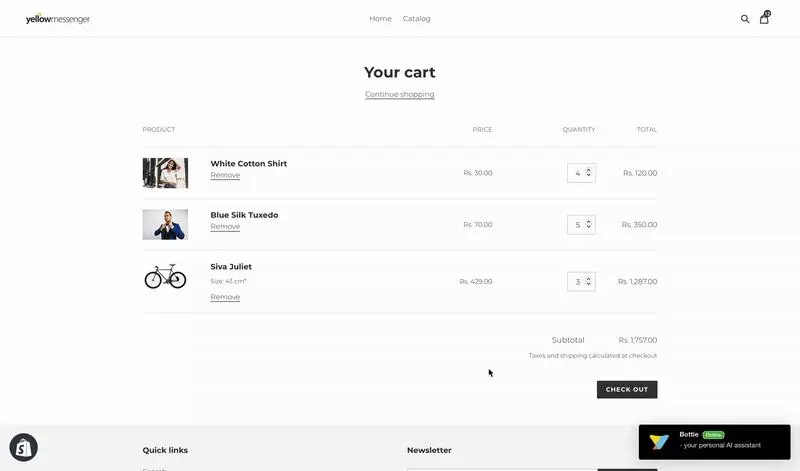
Cart Page Exit Intent → When a visitor is about to exit the Cart Page, you might want to increase chances of conversion by offering them an exciting discount. Such visitors can be identified by using a combination of URL and Exit Intent triggers.
